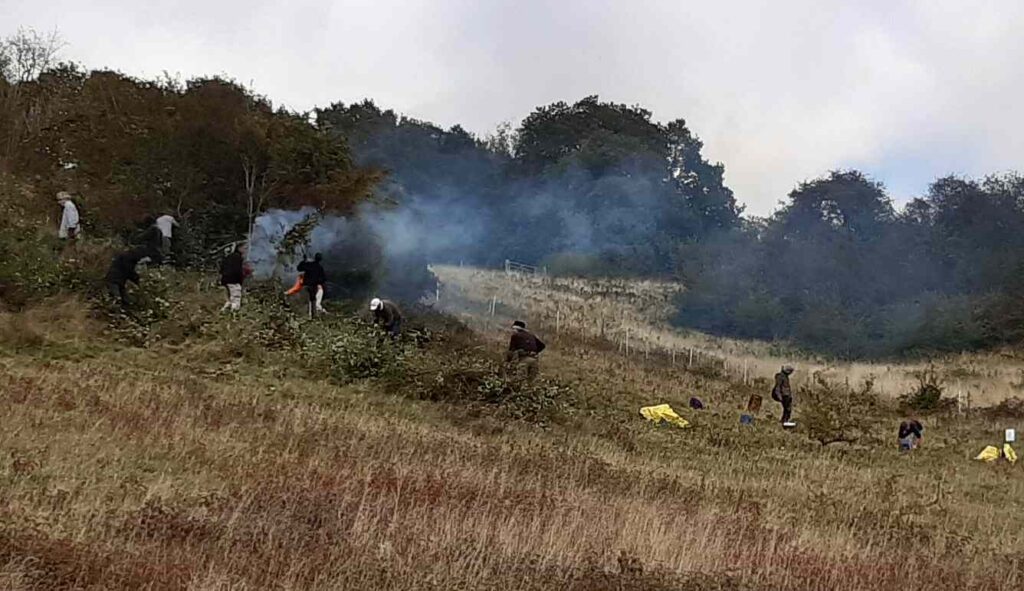
Ravens, several in aerobatic pairs, wheeled overhead, as did a Buzzard and quite a few Red Kites.
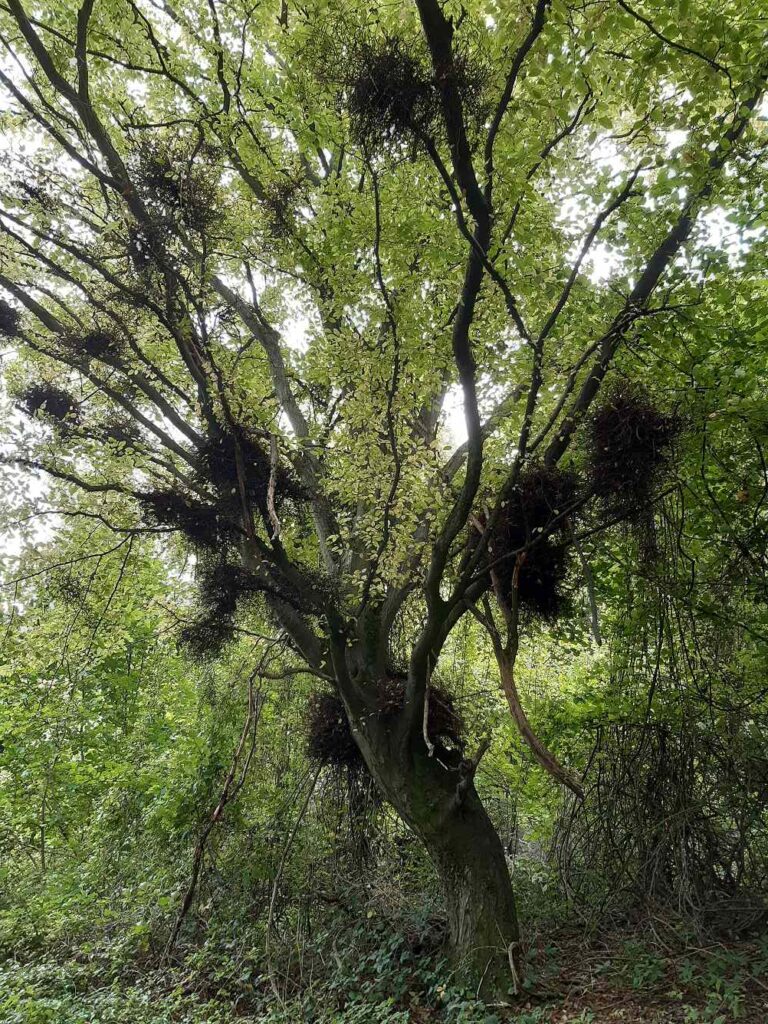
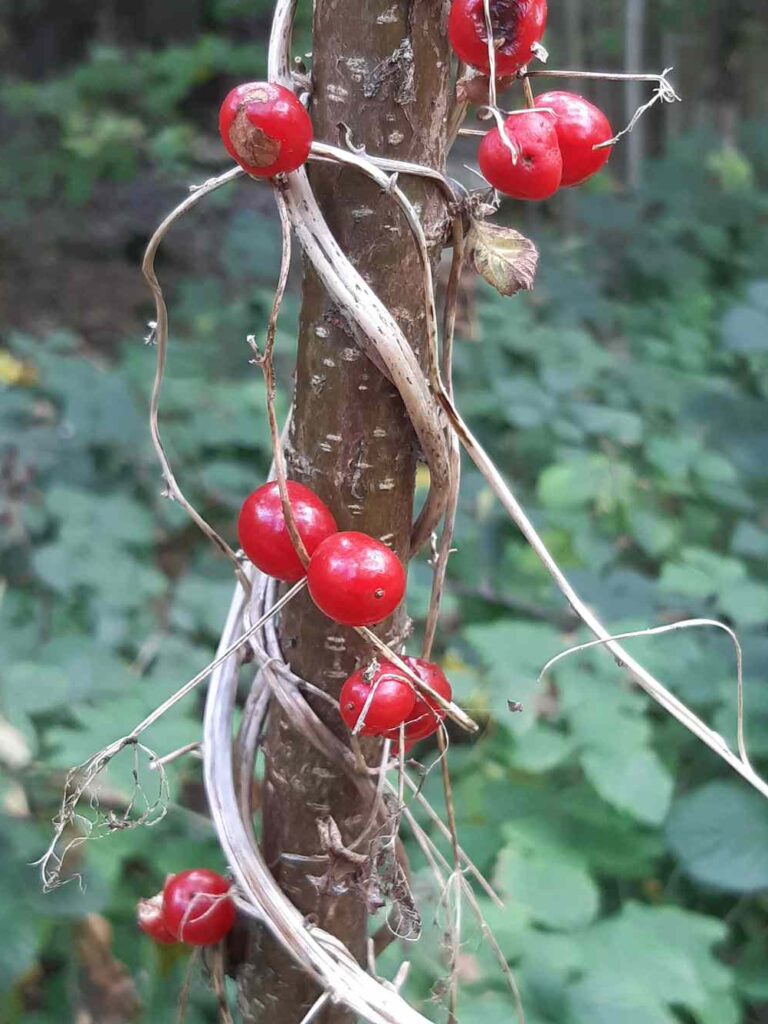
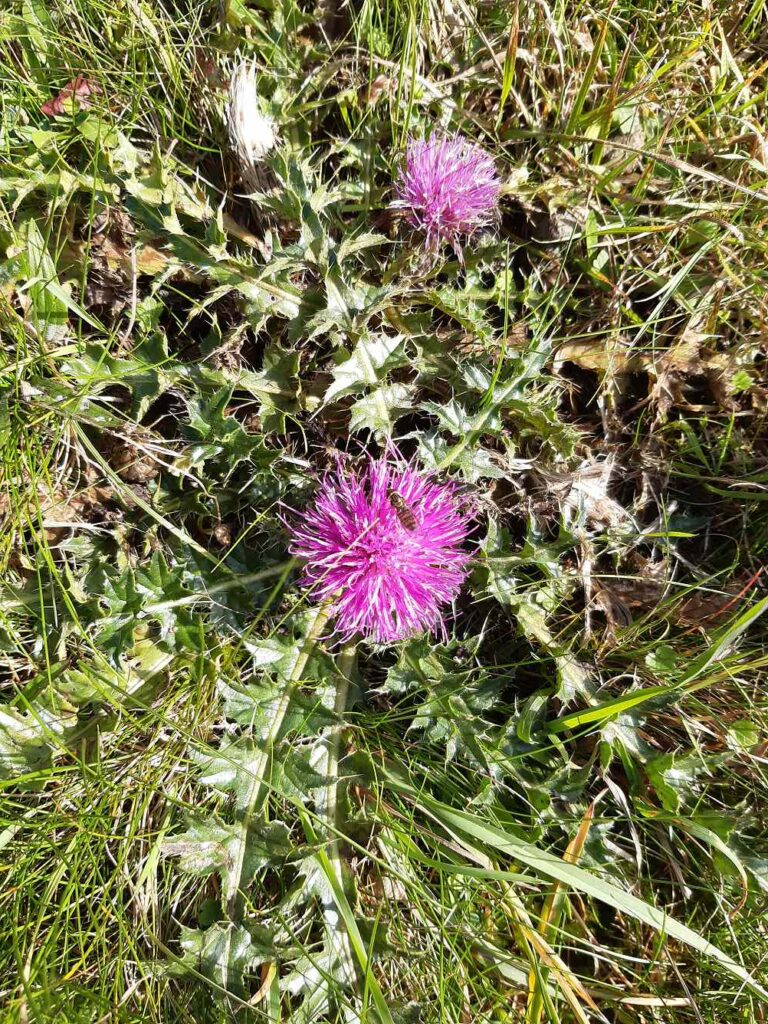
A Bullfinch wheezed its odd “Deu” call from a hawthorn bush as we had our picnic.
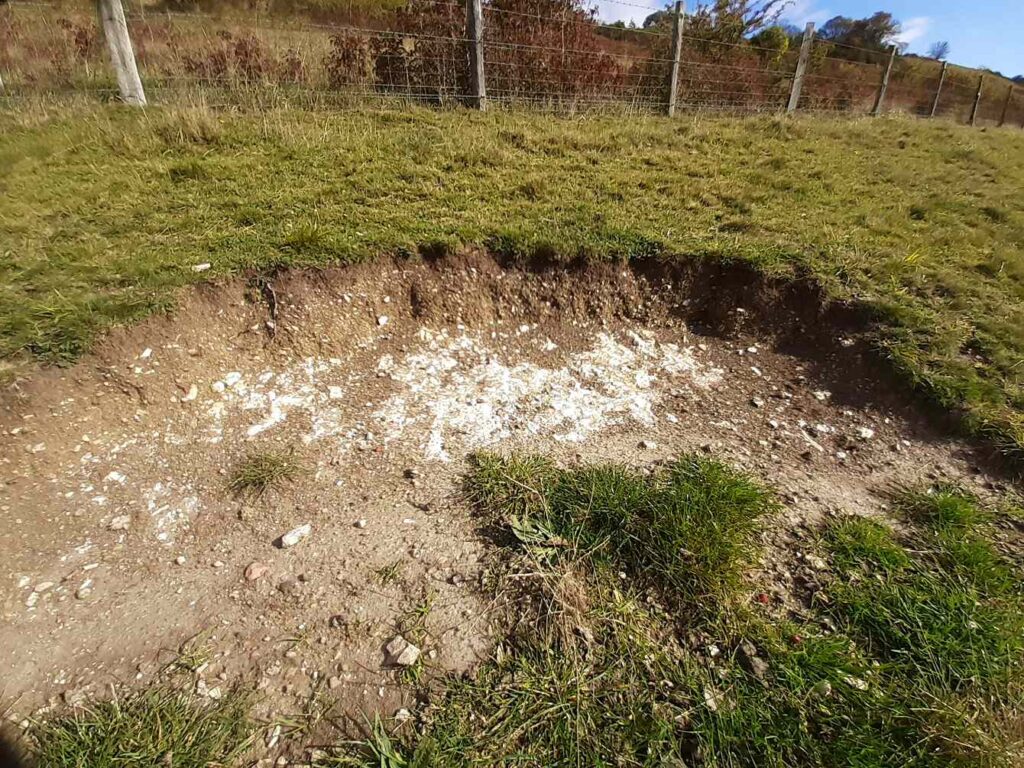
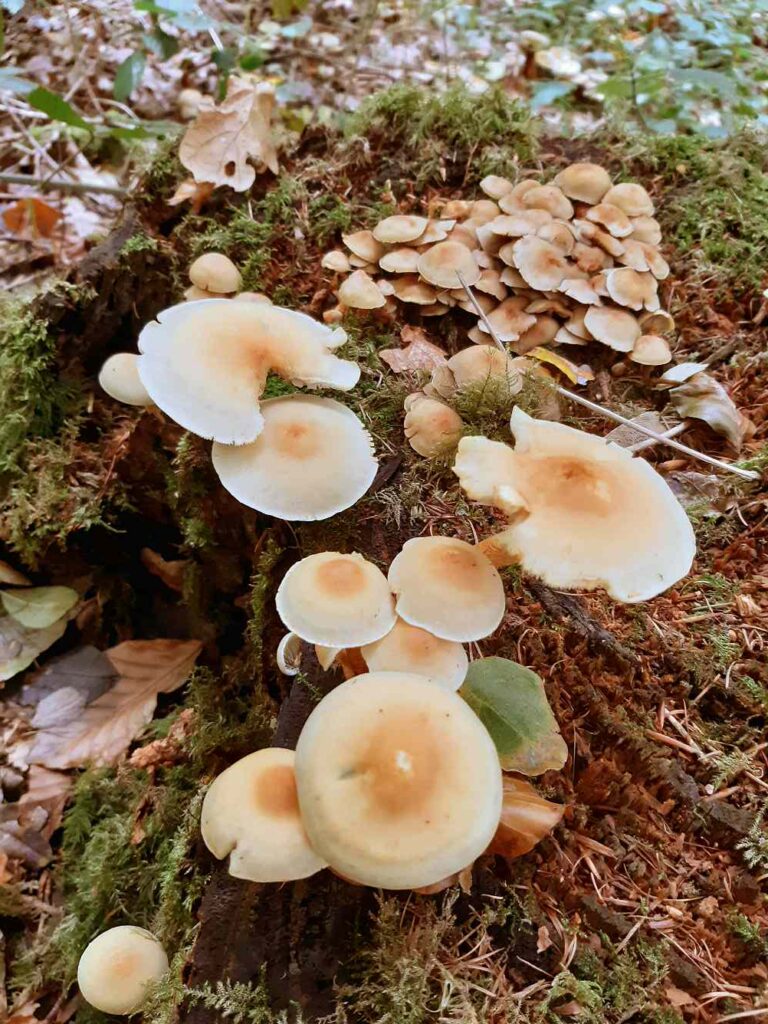
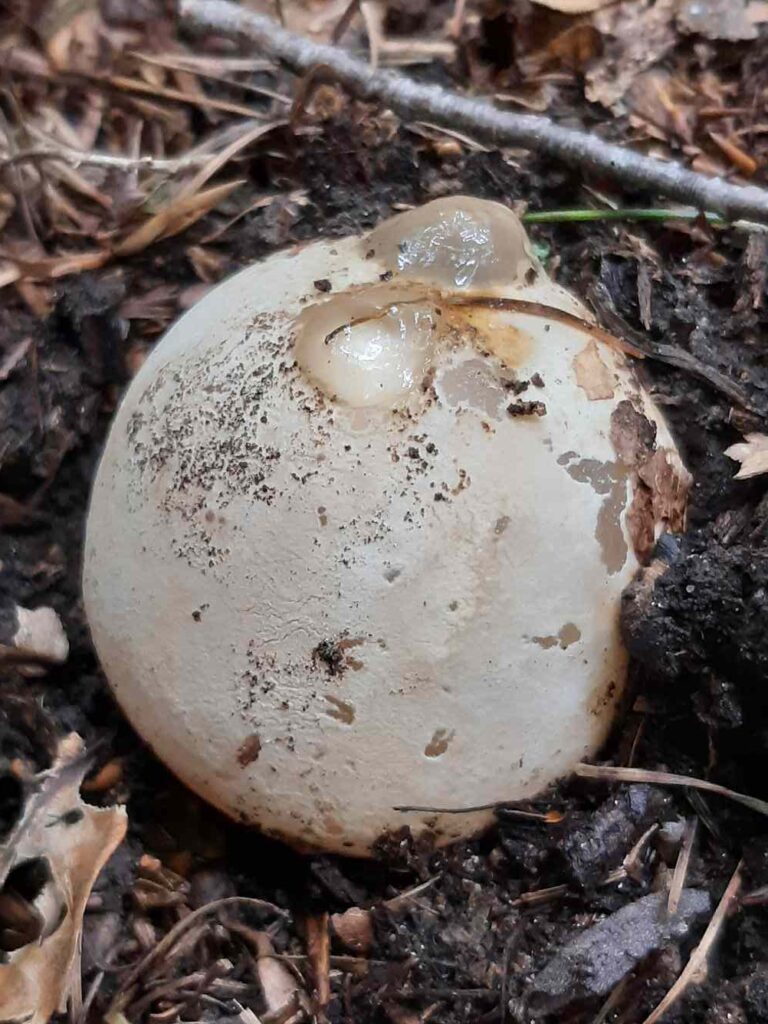

Ravens, several in aerobatic pairs, wheeled overhead, as did a Buzzard and quite a few Red Kites.



A Bullfinch wheezed its odd “Deu” call from a hawthorn bush as we had our picnic.



Down to Aston Rowant on a fine clear sunny day with a cold East wind that brought spring migrants like the Ring Ousel, a rare blackbird of mountain and moorland. I saw a probable one diving into a juniper bush; they like to stop off on the scarp of the Chiltern Hills as the next best thing to their favoured moors, before flying on to Wales or wherever.
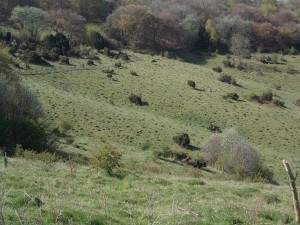
The scarp slope of the relatively hard Chalk falls steeply to the broad plain of the soft Oxford Clay below, to the West. Much of the grassland has been destroyed for agriculture, either falling under the plough or simply being ‘improved’ as pasture with fertiliser, encouraging long grasses at the expense of the wealth of flowers that once covered the English countryside. Happily, here in the reserve and in quite a few places on the Chilterns, the steepness of the land has discouraged improvement. The chalk grassland is dotted with hundreds of anthills, the tiny yellow ants living all their lives below ground, tempting green woodpeckers to come out and hunt for them.
The trees and flowers are visibly weeks behind those of London. The Whitebeam is just coming into its fair white leaves, which look almost like Magnolia flowers in their little clusters newly burst from the bud. But the tree’s name comes from its white wood, not its leaves.
At the bottom of the scarp, a field away from the Ridgeway which follows the line of hills for many miles, Hornbeams and Birches marked a change in the soil, which must be neutral or acid down here, compared to the strictly alkaline rendzinas and brown earths of the chalk. One of the Hornbeams looked as if it was oddly full of Mistletoe, but up close it proved to be a mass of Witch’s Brooms, growths of the tree itself caused by an infection.